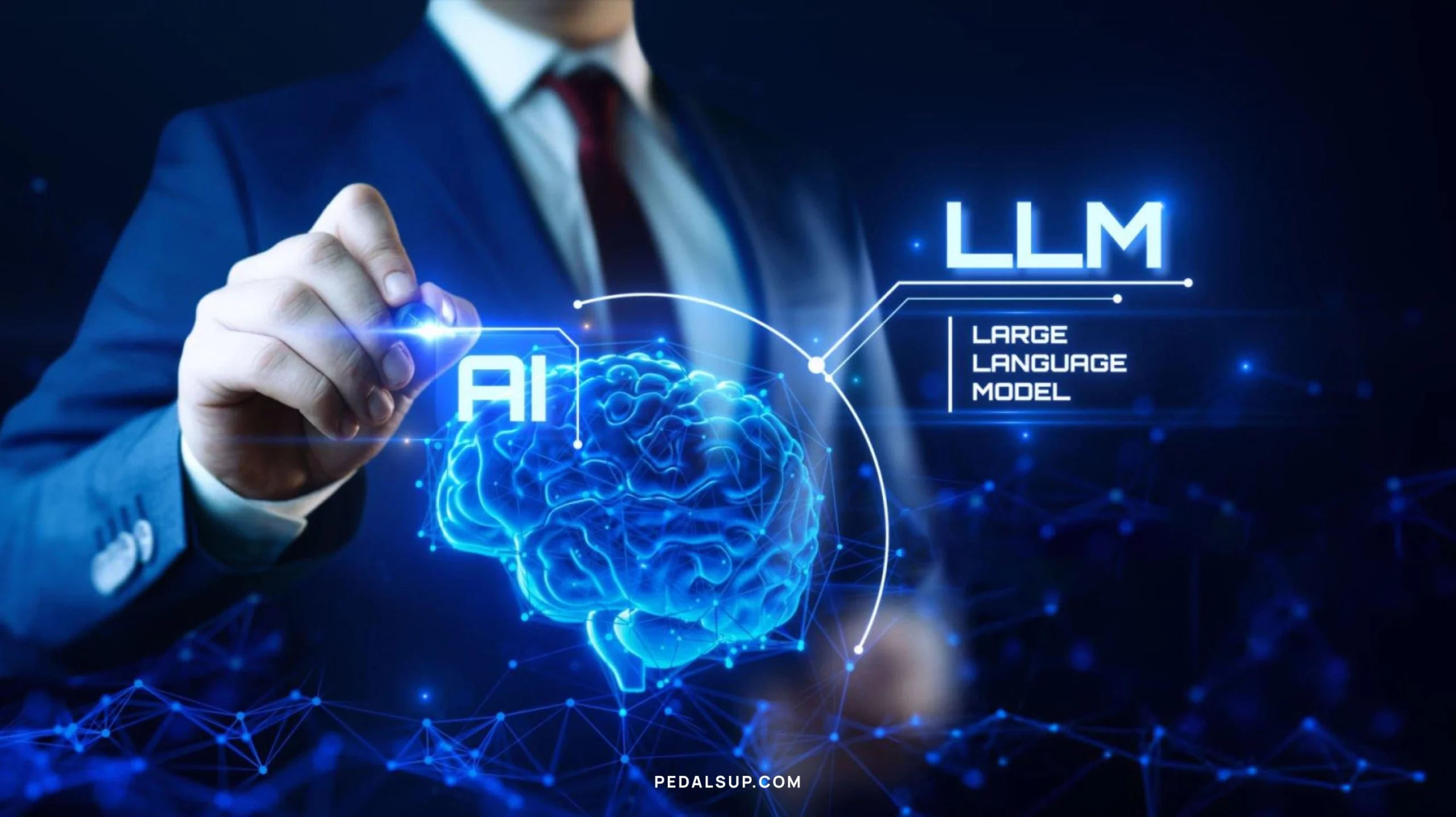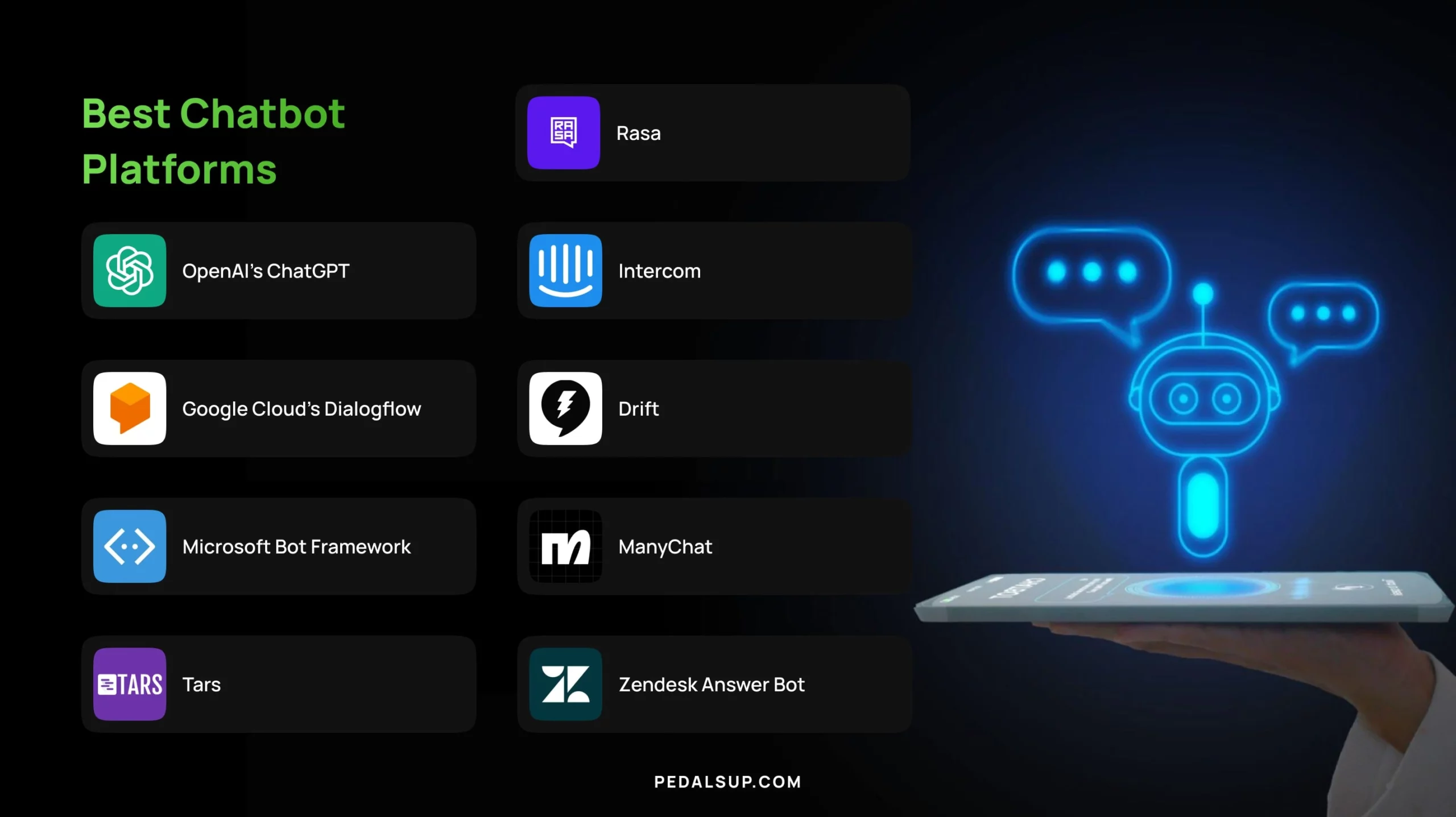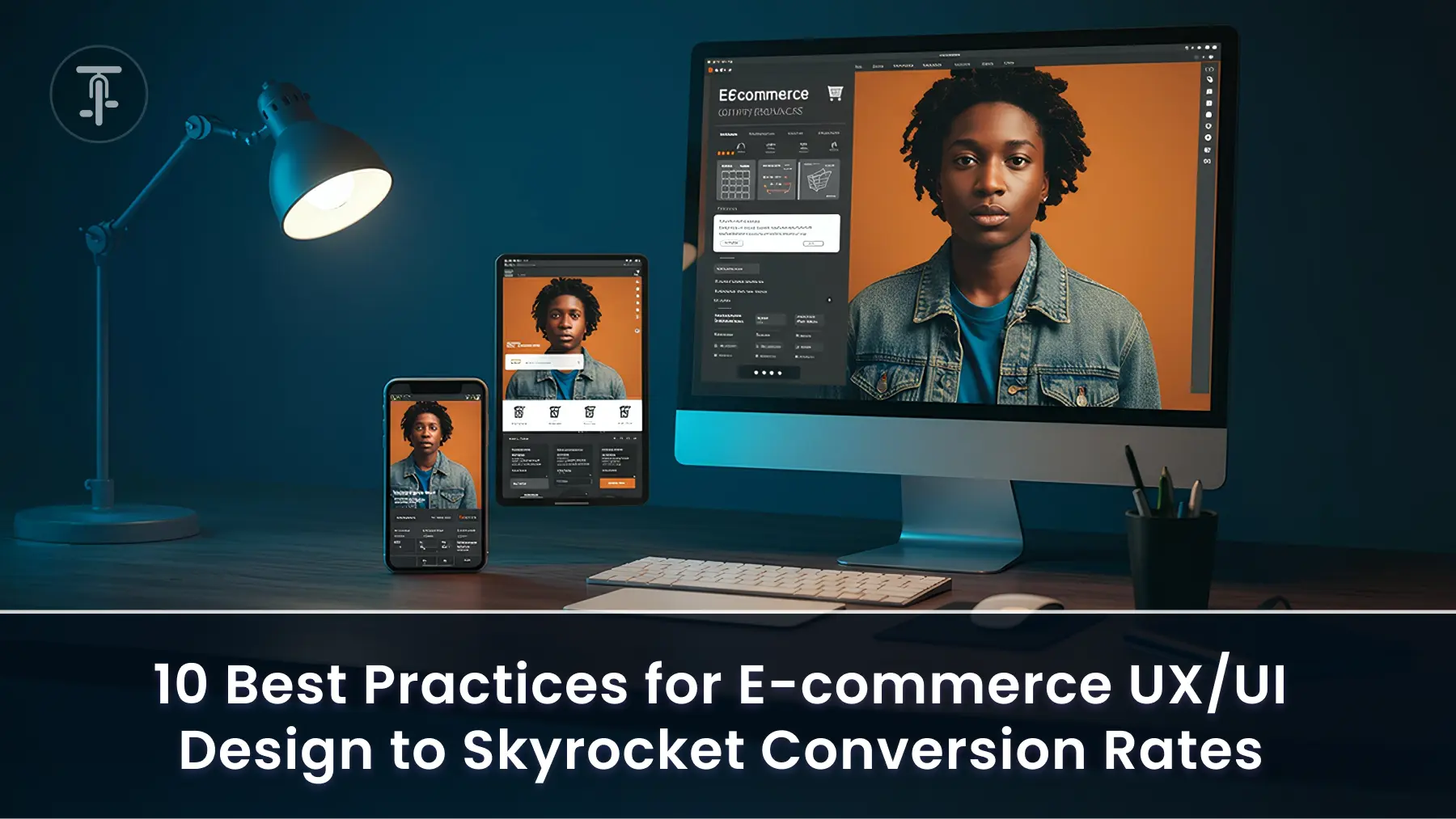Introduction
In the ever-evolving digital space, every business is trying to improve customer experiences and operational aspects of its own. From the simple automation of interactions and efficiency enhancers to offering seamless customer experiences, chatbots have now become very important tools for companies in no time. Yet not all chatbots are created equal. By mixing in the power of bot frameworks with Large Language Models, businesses can build conversational agents that go beyond functionality become intelligent, and engaging, and drive real growth.
In this blog, we will take a look at the technical synergy between bot frameworks and LLMs, the benefits accruable, practical implementation tips, and just how your business can leverage this transformative technology.
The Foundation: Powering Chatbots with Bot Frameworks
Behind any successful chatbot is a good framework. Bot frameworks provide an infrastructure to realize chatbots that can be grown to a sizable scale reliably and with a degree of customizability. Here is why they are so important:
- Structured Conversations: It helps a bot framework create structured flows in guiding a user through an interaction logically and intuitively. It ensures that clear responses are derived with efficient support for the customer at hand.
- Natural Language Understanding (NLU): With built-in rich NLU capabilities, frameworks enable a chatbot to understand complex queries, understand user intent behind vague questions, and provide proper responses.
- Seamless Integrations: A solid bot framework seamlessly integrates with your disparate business systems, such as CRMs, databases, and ticketing platforms, to make the automation of workflows and the delivery of comprehensive customer support frictionless.
- Analytics and Insights: Built-in analytics track chatbot performance by monitoring conversations, analyzing trends, and tuning up your chatbot for continuous improvement in user interactions.
The bot frameworks are the base that things are built upon, but they in themselves are just a piece of jigsaw.
The Intelligence: Large Language Models (LLMs)

Large Language Models, aka LLMs. Intelligence-large language models, aka LLMs, revolutionized how chatbots perceive and react to human language. These models take them from basic scripted interactions into dynamic and engaging conversations by using bleeding-edge AI.
- Coherence in Context: While the flows of a conversation are usually captured well by LLMs, enabling a bot to go deeper and more relevant in its responses, it also captures when users jump between topics or ask follow-up questions.
- Creative and Engaging Responses: Since traditional chatbots depend on pre-constructed response scripts, LLM-generated responses become creative and lifelike. As a result, this constitutes more natural and much more appealing interactions for a user.
- Continuous Learning: That is one of the most powerful aspects of LLMs, how they learn and then adapt. As they’re exposed to new conversations, they refine their responses, getting smarter and more effective with time.
The Synergy: Why Bot Frameworks with Large Language Models?
So, what do you get by combining the structural power of bot frameworks with the intelligence that comes from LLMs? You have a chatbot that isn’t just functional but transformative for your business. Here’s how this synergy will drive your business forward:
- Enhanced Customer Experience: With relevant and creative responses provided by the LLM-powered chatbots, customers have rich interactions and are highly satisfied. Your users won’t get the feeling that they’re talking to a machine but getting actual support.
- Operational Efficiency: The handling of more complex tasks by the LLM-powered chatbots frees up the workload from human agents to other and more critical tasks. The optimization of this leads to quicker response times and increased productivity.
- Increased Revenue: As the saying goes, once you start offering great customer service through chatbots, it improves customer retention and repeat business. Automated interactions make the sales funnel quicker to convert.
- Competitive Differentiation: Companies that can use sophisticated chatbot technologies differ. A well-developed AI bot can be one of your differentiators and a major selling point to show how well you innovate to provide solutions for your customers.
How to Make Them Operate
Some best practices to remember, to unlock the full power of LLM-powered chatbots and bot frameworks, include high-quality data. The LLM models need high-quality training datasets so that they can provide very accurate and reliable responses. The more diverse and relevant your data, the better the performance of your chatbot.
- Choose the Right Model: Select an appropriate LLM to best suit your needs and resources. It could be open-source, like GPT, or more specialized for performance. Align your choice with what tasks you will have the chatbot perform.
- Fine-Tune for Relevance: LLMs must be fine-tuned to key in on industry-specific language and challenges. This is what makes the chatbot quite effective at targeting the distinctive needs of your business.
- Test and Improve: Chatbots aren’t “set-it-and-forget-it” applications. Continuously review their performance and individual user feedback so your chatbot stays relevant to the shifting expectations of your customer base.
- Address Ethical Considerations: Consider the possibilities for biases within the answers your chatbot will give, and don’t forget to account for privacy and user security. Again, this comes down to a question of transparency on how your chatbot uses and stores data concerning building trust.
Best Chatbot Platforms

If you are ready to build a chatbot, here are the leading platforms, each with unique features and strengths:
- OpenAI’s ChatGPT: Known for its full human-like responses and creative conversations, hence ideal for complex or dynamic customer interactions.
- Google Cloud’s Dialogflow: A go-to platform for natural language processing with advanced speech interaction capabilities.
- Microsoft Bot Framework: Tailored for enterprise-level chatbots with deep integration and customization options.
- Tars: This service is ideal for lead generation and marketing automation purposes for business concerns.
- Intercom: A set of tools used for customer support or engagement through real-time messaging.
- Drift: Best for sales and marketing teams to automate customer outreach for engagement.
- ManyChat: Suitable for social media and e-commerce businesses by providing them with chatbots across different platforms like Instagram and Facebook Messenger.
- Zendesk Answer Bot: It’s the platform for automation of support with rich self-service options for customers.
- Rasa: An open-source platform for highly customizable domain-specific chatbots.
Conclusion
The integration of both frameworks and LLMs represents a game-changing opportunity for businesses seeking to improve customer service, and operational efficiency, and ultimately stay competitive. The investment in deeper chatbot functionalities will go past automating mundane tasks and into allowing for a greater element of interactivity and personalization in your digital experience that will leave an indelible mark on your business.
What's Next
Don’t wait any longer for this powerful synergy. Whether you are building your first chatbot or upgrading an existing one, find out how the application of bot frameworks with LLMs can make an immediate difference in your business. Reach out to Pedals Up, a chatbot development expert, to begin revolutionizing your customer interactions.




